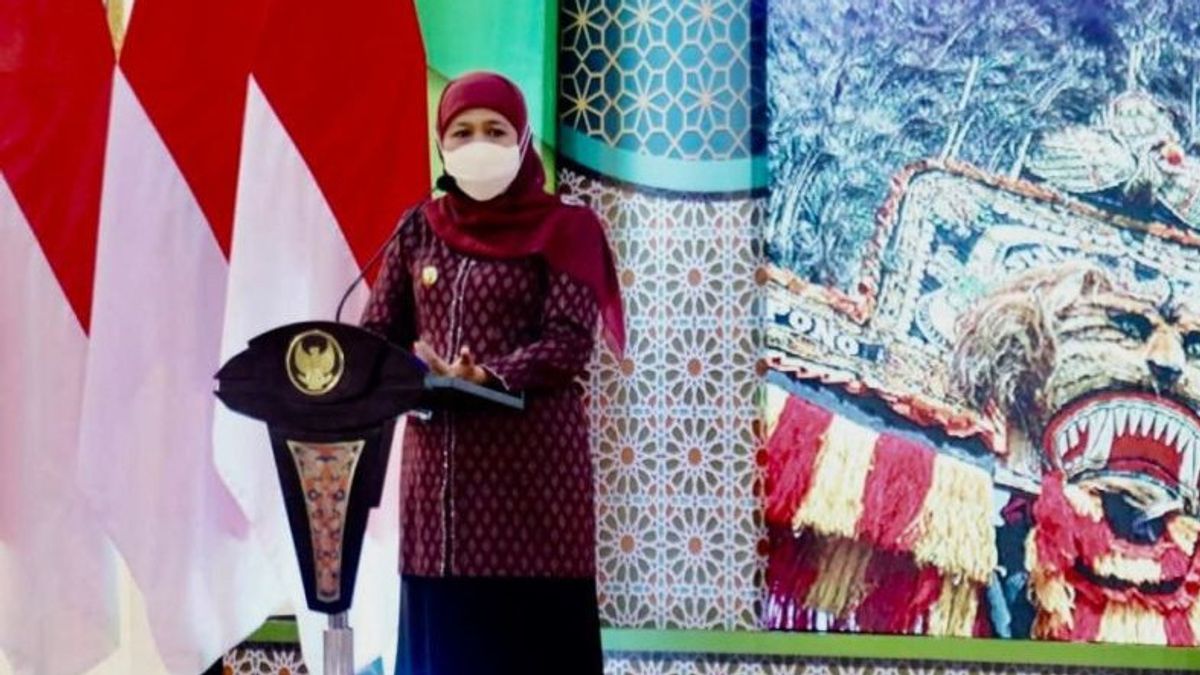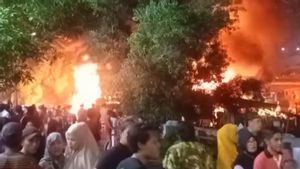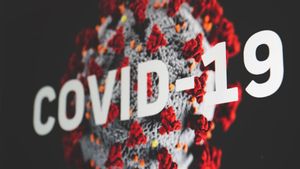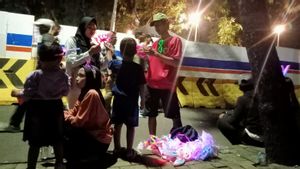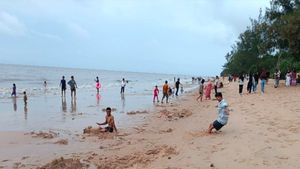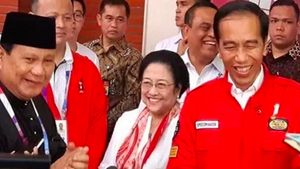SURABAYA - East Java Governor Khofifah Indar Parawansa emphasized that Reog was born from Ponorogo, so he deserved to be submitted as an "intangible cultural heritage" to the United Nations Educational, Scientific and Cultural Organization (UNESCO).
"This time is indeed very short, maximizing the preparation of related documents from the validity that Reog Ponorogo was born from Ponorogo, East Java, is important," he said at the Grahadi State building, Surabaya, as reported by Antara, Friday, April 8.
Khofifah also invited all parties to pay attention to the culture of Indonesia.
The existence of this momentum, he said, is a reminder for the Indonesian and East Java governments, in particular the Regent of Ponorogo, to prepare strengthening documents to UNESCO that reog is indeed an intangible cultural heritage of Ponorogo, Indonesia.
Khofifah emphasized the importance of documenting and tracing the history of every cultural heritage owned.
"Because to acknowledge this as part of our wealth, administrative matters are needed as authentic evidence," said the first female governor in East Java.
Meanwhile, the Head of the East Java Culture and Tourism Office, Sinarto, said the issue of historical documentation was still a weakness.
In accordance with the direction of Governor Khofifah, he continued, his party is intensively coordinating with the Regent of Ponorogo Giri Sancoko to try to translate some of the requirements that the Ministry of Education and Culture requires in order to fulfill the application to UNESCO.
"As the governor said, we do have a weakness regarding history, sometimes we are late in writing rather than cultural trips. Now, this is something that must be considered and become more serious," he said.
Reog Ponorogo is a traditional performing art of the Ponorogo people in which there are elements of warok dancers, jatil, bujangganong, wanderers rentandana and barongan.
The dance is accompanied by a set of typical Ponoragan reog accompaniment instruments consisting of drums, kempul (gong), kethuk-kenong, slompret, tipung and angklung.
The English, Chinese, Japanese, Arabic, and French versions are automatically generated by the AI. So there may still be inaccuracies in translating, please always see Indonesian as our main language. (system supported by DigitalSiber.id)
